A Chinese imperial inscribed famille rose wall vase, Qianlong (1736-1795), well modelled and flattened at the back, the pear-shaped form on a short splayed foot, flanked by a pair of ruyi handles to the waisted neck, the body inscribed with an imperial poem appraising incense in a circular cartouche with a yuti mark followed by two iron-red seal marks reading Qianlong chen han (the Qianlong Emperor's own mark) and Weijing weiyi (be precise, be undivided), surrounded by scrolling lotus against a yellow sgraffito ground, 19cm high The poem is recorded in the Yuzhi leshantang quanji dingben [Definitive Edition of the Complete Works by His Majesty from the Hall of Pleasure in Goodness], Siku quanshu [The complete library in four sections] ed., vol. 30. 清乾隆 黄地轧道洋彩如意耳开光御题诗纹壁瓶 《乾隆辰翰》《惟精惟一》矾红篆书款 《大清乾隆年制》青花篆书款 诗题:一瓣名香静里焚,篆烟缕缕白如云。幽情未许旁人㑹,手自翻书到夕曛。 Wall vases, also known as wall pockets or sedan chair vases, can be traced back to the Wanli period (1573–1620) in the Ming dynasty, when examples can be found for flower displays on the wall. During the 18th century under the reign of the Qianlong Emperor (1735-1796), government support for arts and craftsmanship reached its peak, the quality of the refined material and the artistic innovation all representative of the emperor’s ambition. Wall vases, of all porcelain forms, became one of Qianlong’s favourite types and developed significantly during his reign. There are thirteen wall vases in varying glazes and forms on the wall of San Xi Tang (The Hall of Three Rarities), the emperor’s special study in Yang Xin Dian (Hall of Mental Cultivation) in the Forbidden City, where he housed his most prized possession: the calligraphic works comprising ‘Timely Clearing After Snowfall’ by Wang Xizhi, ‘Mid-Autumn’ by Wang Xianzhi and ‘Boyuan’ by Wang Xun (fig.1).
A Chinese imperial inscribed famille rose wall vase, Qianlong (1736-1795), well modelled and flattened at the back, the pear-shaped form on a short splayed foot, flanked by a pair of ruyi handles to the waisted neck, the body inscribed with an imperial poem appraising incense in a circular cartouche with a yuti mark followed by two iron-red seal marks reading Qianlong chen han (the Qianlong Emperor's own mark) and Weijing weiyi (be precise, be undivided), surrounded by scrolling lotus against a yellow sgraffito ground, 19cm high The poem is recorded in the Yuzhi leshantang quanji dingben [Definitive Edition of the Complete Works by His Majesty from the Hall of Pleasure in Goodness], Siku quanshu [The complete library in four sections] ed., vol. 30. 清乾隆 黄地轧道洋彩如意耳开光御题诗纹壁瓶 《乾隆辰翰》《惟精惟一》矾红篆书款 《大清乾隆年制》青花篆书款 诗题:一瓣名香静里焚,篆烟缕缕白如云。幽情未许旁人㑹,手自翻书到夕曛。 Wall vases, also known as wall pockets or sedan chair vases, can be traced back to the Wanli period (1573–1620) in the Ming dynasty, when examples can be found for flower displays on the wall. During the 18th century under the reign of the Qianlong Emperor (1735-1796), government support for arts and craftsmanship reached its peak, the quality of the refined material and the artistic innovation all representative of the emperor’s ambition. Wall vases, of all porcelain forms, became one of Qianlong’s favourite types and developed significantly during his reign. There are thirteen wall vases in varying glazes and forms on the wall of San Xi Tang (The Hall of Three Rarities), the emperor’s special study in Yang Xin Dian (Hall of Mental Cultivation) in the Forbidden City, where he housed his most prized possession: the calligraphic works comprising ‘Timely Clearing After Snowfall’ by Wang Xizhi, ‘Mid-Autumn’ by Wang Xianzhi and ‘Boyuan’ by Wang Xun (fig.1).
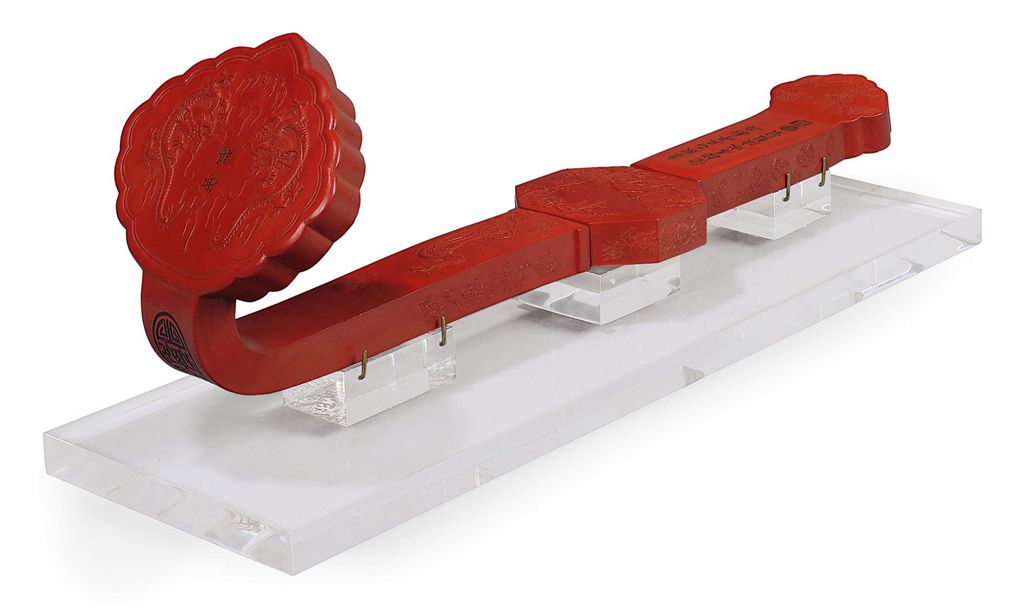

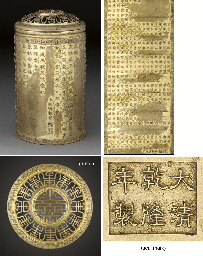

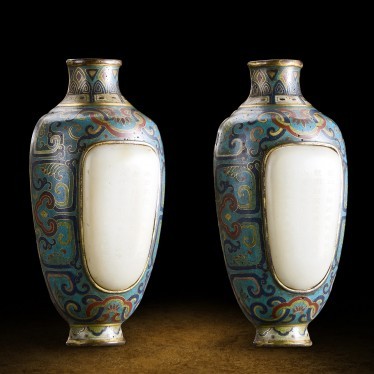
.jpg)

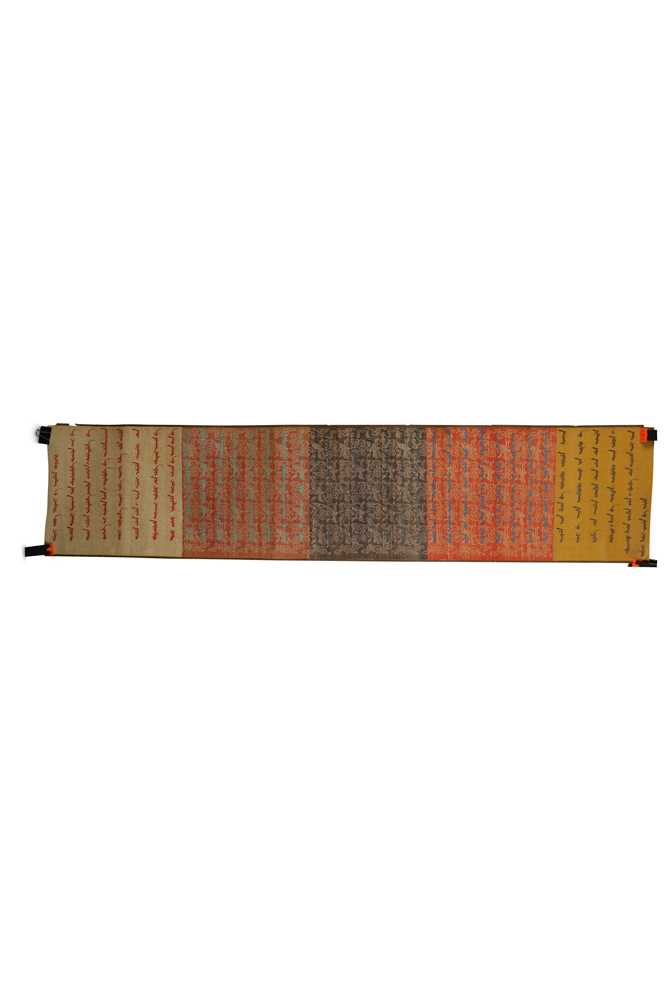
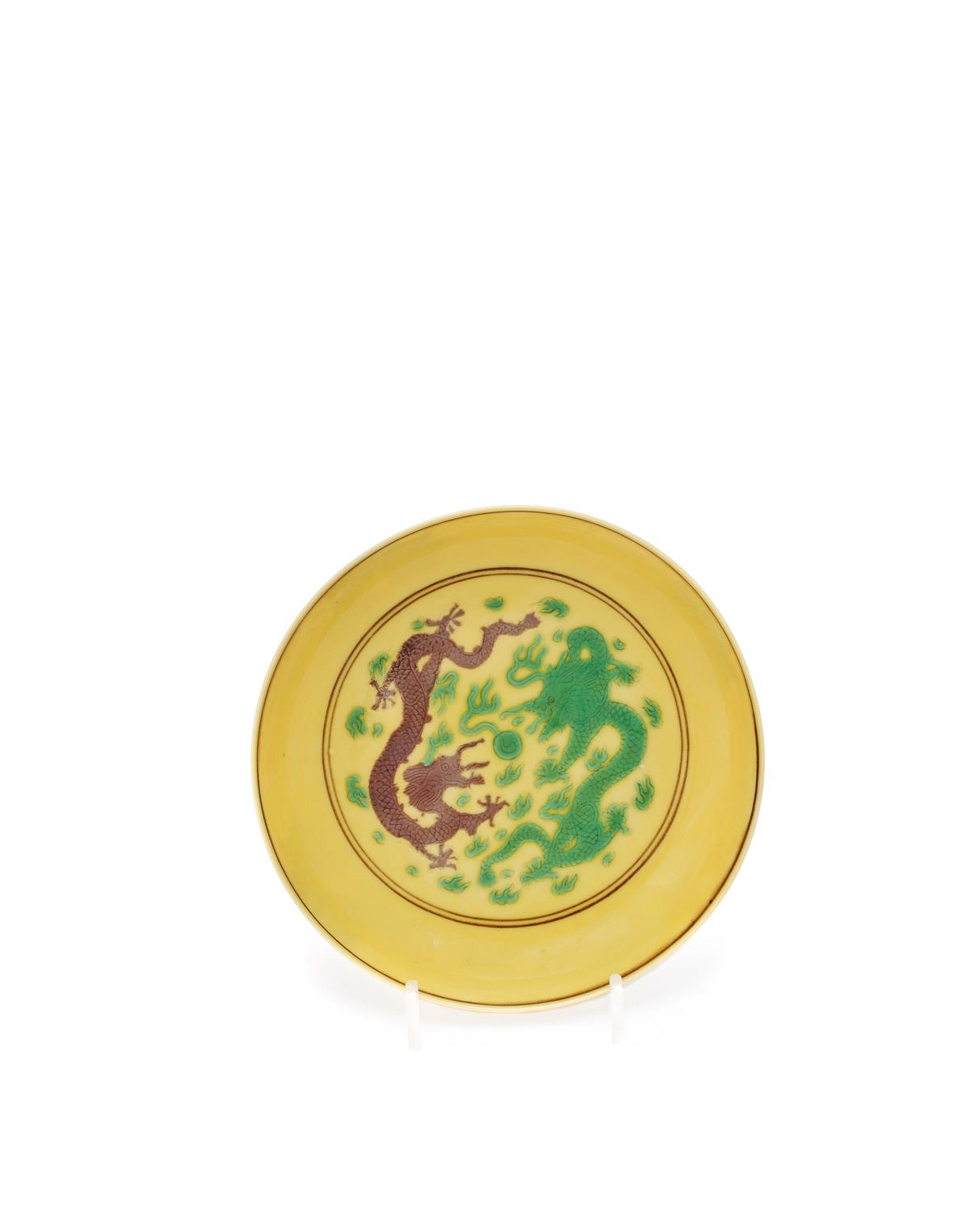
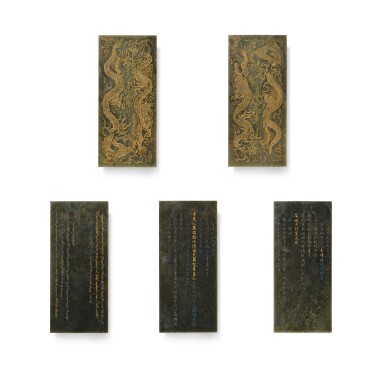





Try LotSearch and its premium features for 7 days - without any costs!
Be notified automatically about new items in upcoming auctions.
Create an alert